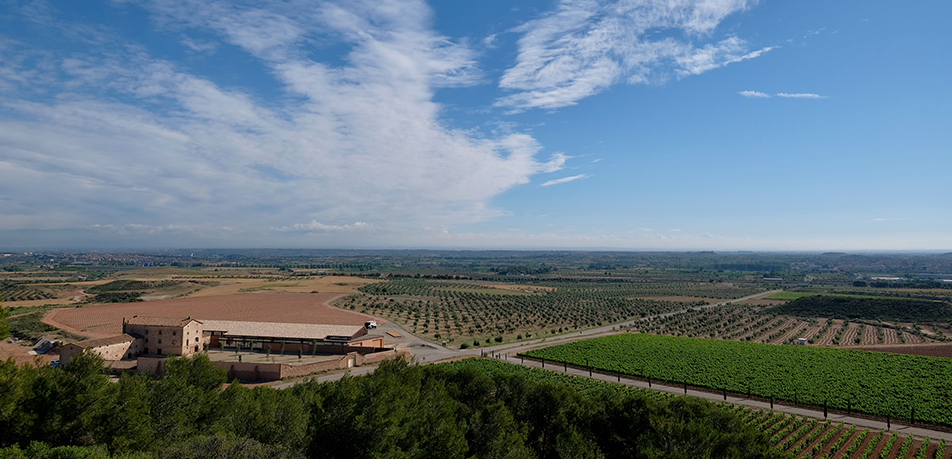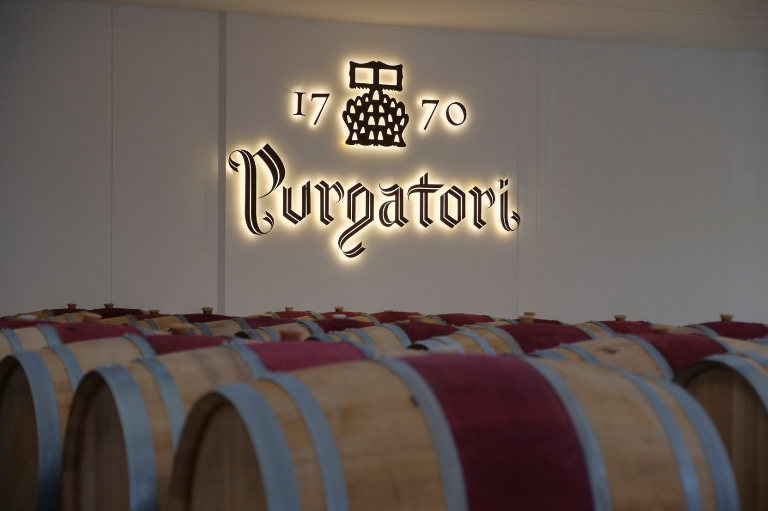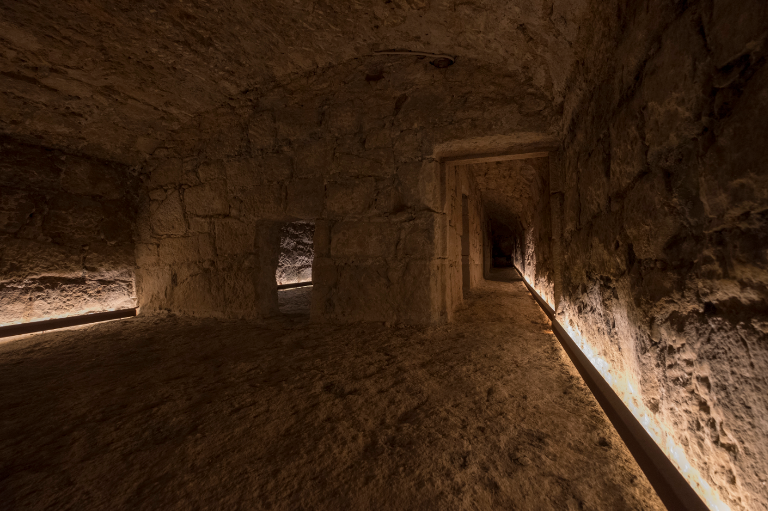THE VINEYARD'S TANGIBLE HERITAGE (I)

With solemn stoicism, unmoved by the passage of time, the venerable stones of castles and chapels, thousand-year-old walls and ancient Roman estates have watched over the vineyards that saw us become winemakers.
The origins of this tangible heritage take us back to the earliest settlers—ancient civilizations and religious orders—who were the first to identify the best winegrowing parcels.
Purgatori: under the gaze of living history
[[{"fid":"18206","view_mode":"default","fields":{"format":"default","alignment":"","field_file_image_alt_text[und][0][value]":false,"field_file_image_title_text[und][0][value]":false},"type":"media","field_deltas":{"8":{"format":"default","alignment":"","field_file_image_alt_text[und][0][value]":false,"field_file_image_title_text[und][0][value]":false}},"link_text":null,"attributes":{"height":299,"width":890,"class":"media-element file-default","data-delta":"8"}}]]
With this premise and context in mind, Familia Torres recently completed construction on Purgatori, our new winery in Costers del Segre, located on the historical 18th-century Mas de l'Aranyó estate in Les Garrigues (Lleida). Purgatori consolidates the family's venture in this richly historical winegrowing region, which began almost twenty years ago with the purchase of an 870-hectare estate.


In remembrance of the Montserrat monks who settled here in 1770, the winery is connected to the old wine caves where the original residents made and stored their wine. It is a connection that transcends time and deserves care and recognition. This is why Familia Torres also restored part of the adjacent historical building, transforming the monks' old dining hall into a tasting room steeped in history and knowledge. Purgatori now joins the historical estates of Familia Torres.
“Our new winery recalls the winegrowing past of this historical estate, which produced wine for many years. We want to pay tribute to all those who preceded us in this place, especially the very first residents, the monks who initially recognized the winemaking potential of this land”.
Miguel Torres Maczassek
[[{"fid":"18207","view_mode":"default","fields":{"format":"default","alignment":"","field_file_image_alt_text[und][0][value]":false,"field_file_image_title_text[und][0][value]":false},"type":"media","field_deltas":{"9":{"format":"default","alignment":"","field_file_image_alt_text[und][0][value]":false,"field_file_image_title_text[und][0][value]":false}},"link_text":null,"attributes":{"height":301,"width":891,"class":"media-element file-default","data-delta":"9"}}]]
This past June, we opened our doors for the very first time, inviting a small group of people to visit the winery and enjoy a small tasting led by Josep Sabarich (enologist and cellar master) and Miguel Torres Maczassek. It featured the two most recent vintages of Purgatori, as well as another wine made from a revived ancestral grape, Gonfaus, grown in the l'Aranyó vineyards.
As a winery, we have a responsibility to preserve and restore this rich heritage, to manage its unifying role in the region, to give it a new use and purpose and make it more accessible to others. It is a revitalizing agent in the region, a cohesive element that breathes new life into it, bringing people together as it speaks to the world from the vantage point of history.
